SUMMARY
This is AI generated summarization, which may have errors. For context, always refer to the full article.
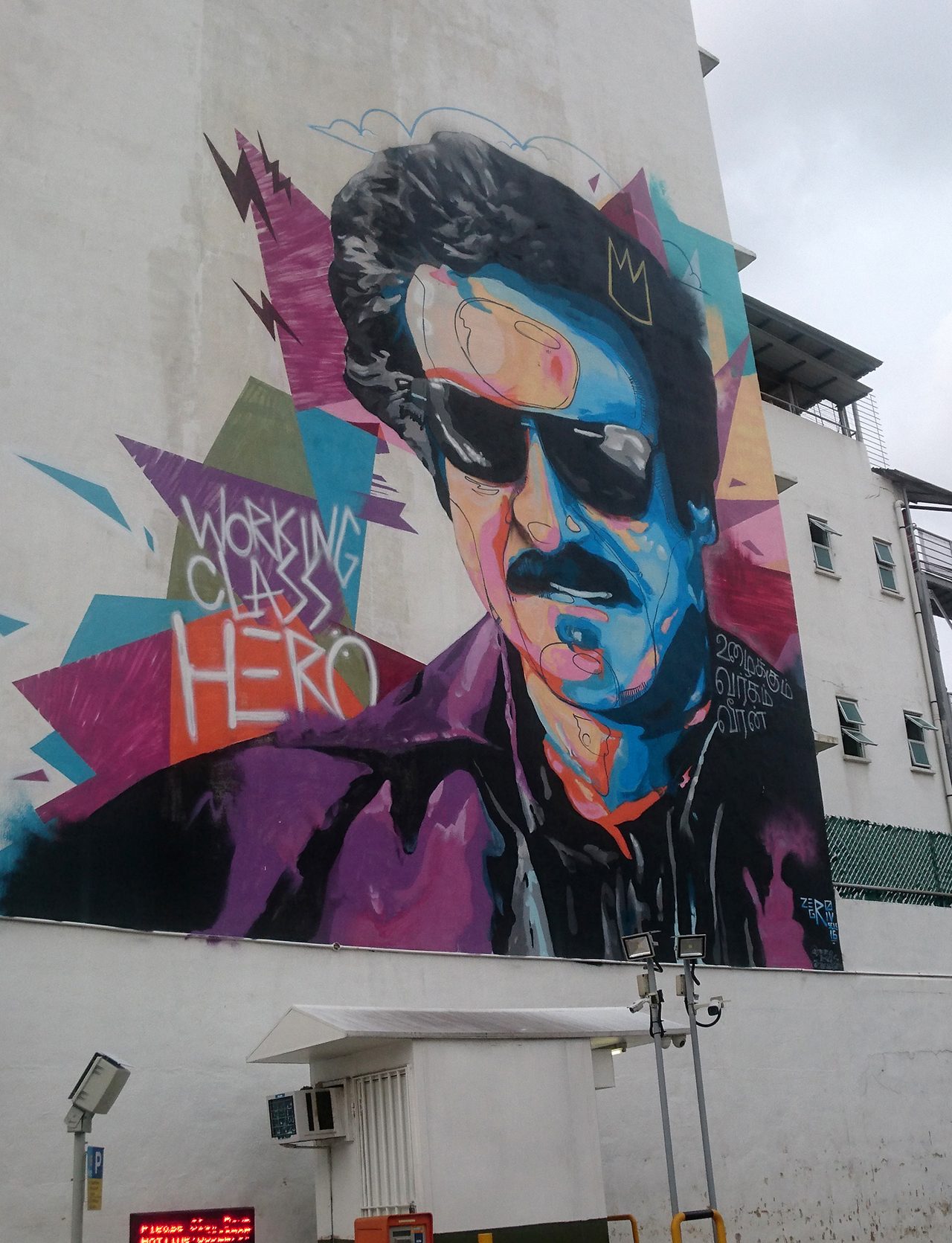
SINGAPORE — One of the remarkable things about the recently-concluded Singapore Art Week was the diverse range of events and works it featured. From street art to installation to traditional wall-bound works, Art Week had it all.
There was a lot to digest, but here are some of the events and works that stood out:
ARTWALK Little India
ARTWALK Little India is a multidisciplinary public art project set within the famous cultural precinct. Co-organized by the Singapore Tourism Board with the Lasalle College of the Arts and Little India Shopkeepers’ and Heritage Association, the activity is an effort to link public art with the intense sensory experience that the district provides.
The theme of the event was “Image and Sound of Fragrance” and under it, local street artists were commissioned to create murals that gave visual form to the scents in the area. And that’s a pretty great theme, considering Little India is redolent of spices and flowers.
Our ARTWALK experience was guided, but the best way to engage these works is on your own.
Stumbling upon street art on your own gives the work a stronger presence.
So, go ahead and wander — and wonder.
ARTWALK Little India will run until February 2
Fabulous Monsters (IMPART Collector’s Show 2019)
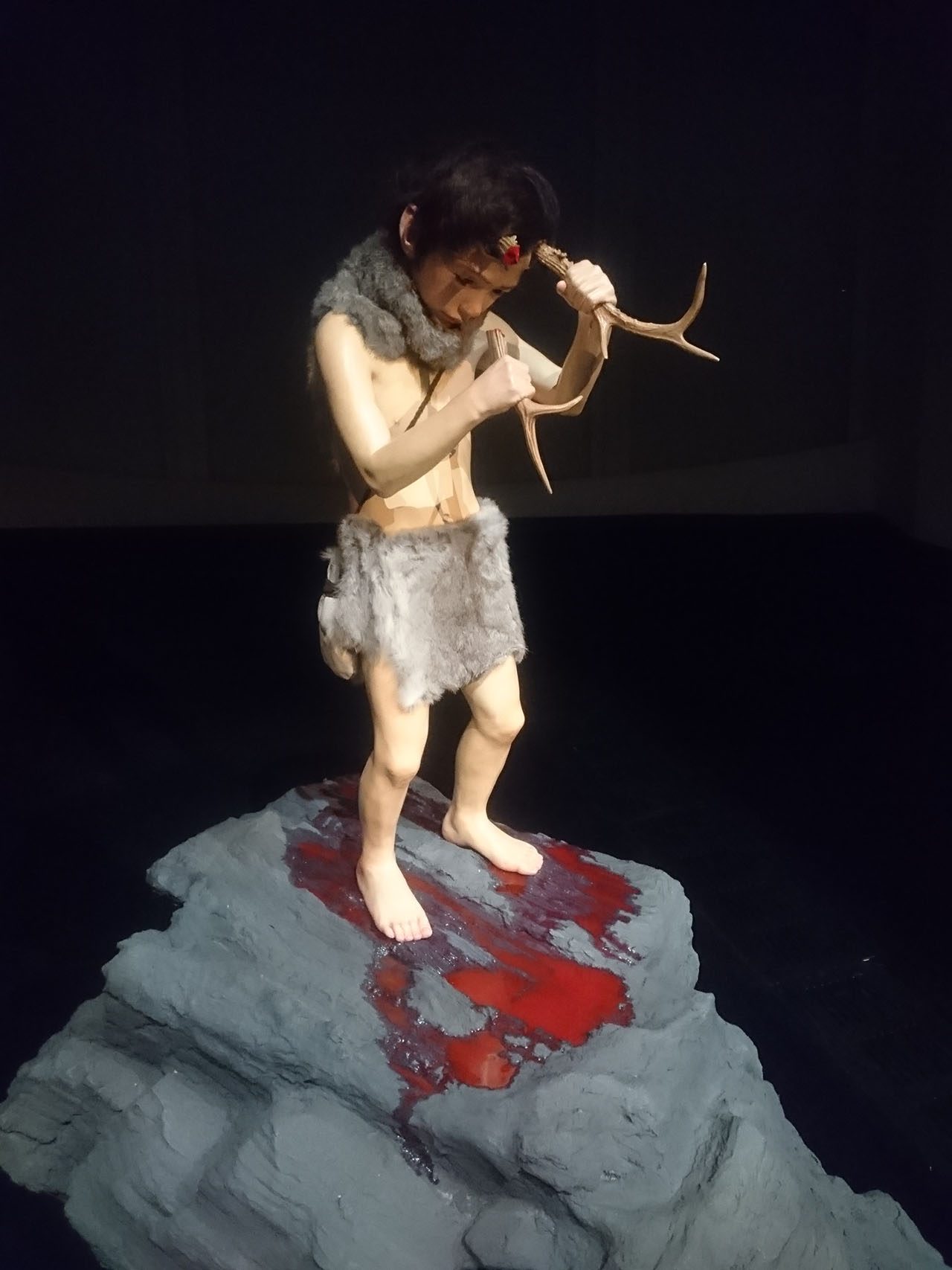
The Fabulous Monsters group exhibit, held at the ArtScience Museum, added an element of risk to Singapore Art Week. True to the name of the exhibit, the pieces on display tackled both personal and socio-political nightmares. The monstrosities presented here ranged from visceral and literal, to dreamlike and symbolic.
A strong fantasy-like atmosphere enveloped the entire exhibit — but this wasn’t escapism per se. Fabulous Monsters wasn’t just about escaping from, but escaping into. Each of the pieces invited the viewer to face, and ultimately overcome, their own fears. This collection of wall-bound, installation, and sculptural works are brave, confrontational, and, oddly enough, reassuring.
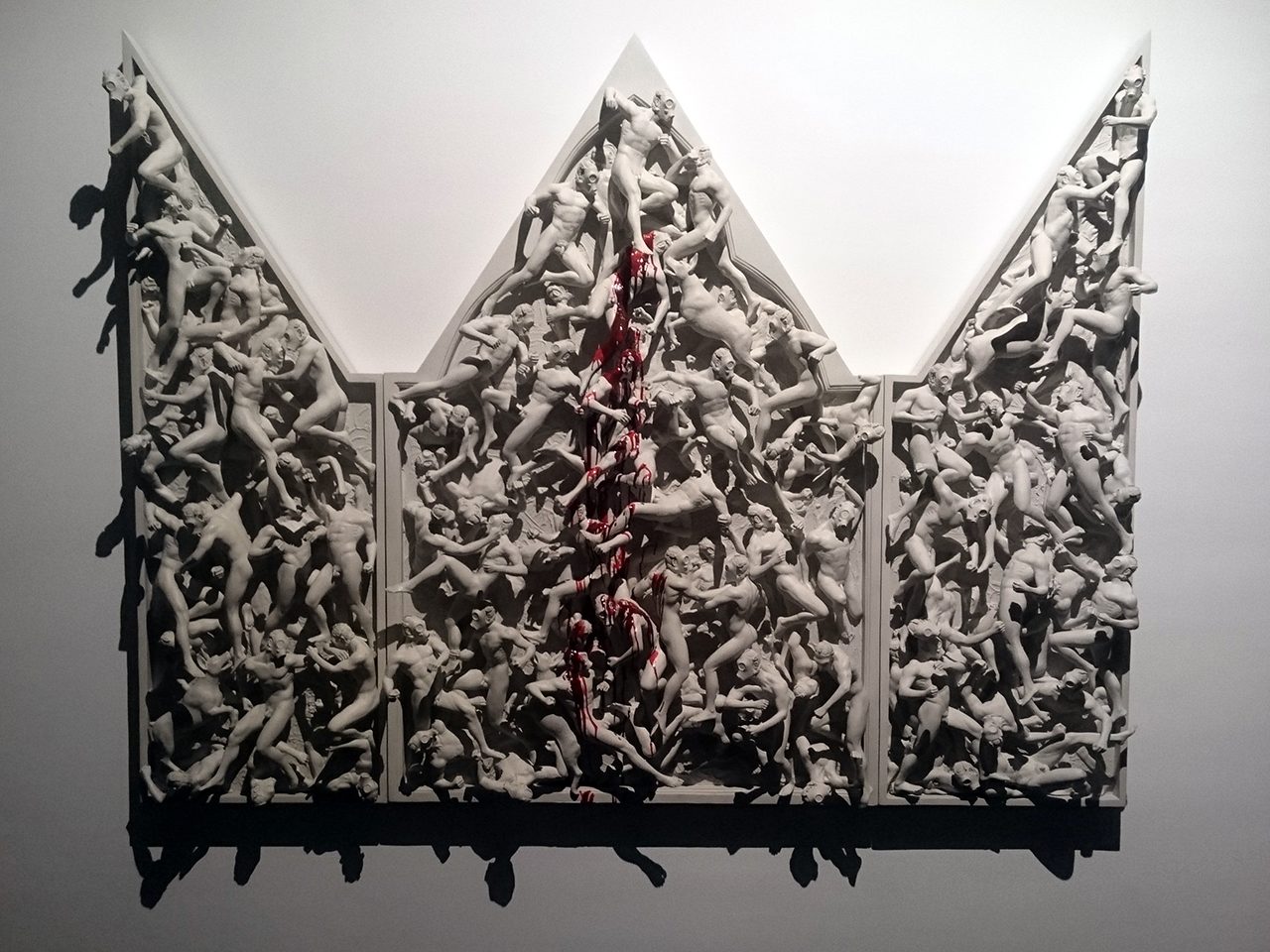
All the pieces in Fabulous Monsters were on loan from prominent Singaporean collections. But this wasn’t just a venue for collectors to flex; instead, the exhibit also showcased the willingness of local collectors to engage with the darker corners of art.
Fabulous Monsters will run until February 2.
SEA Focus at Gillman Barracks
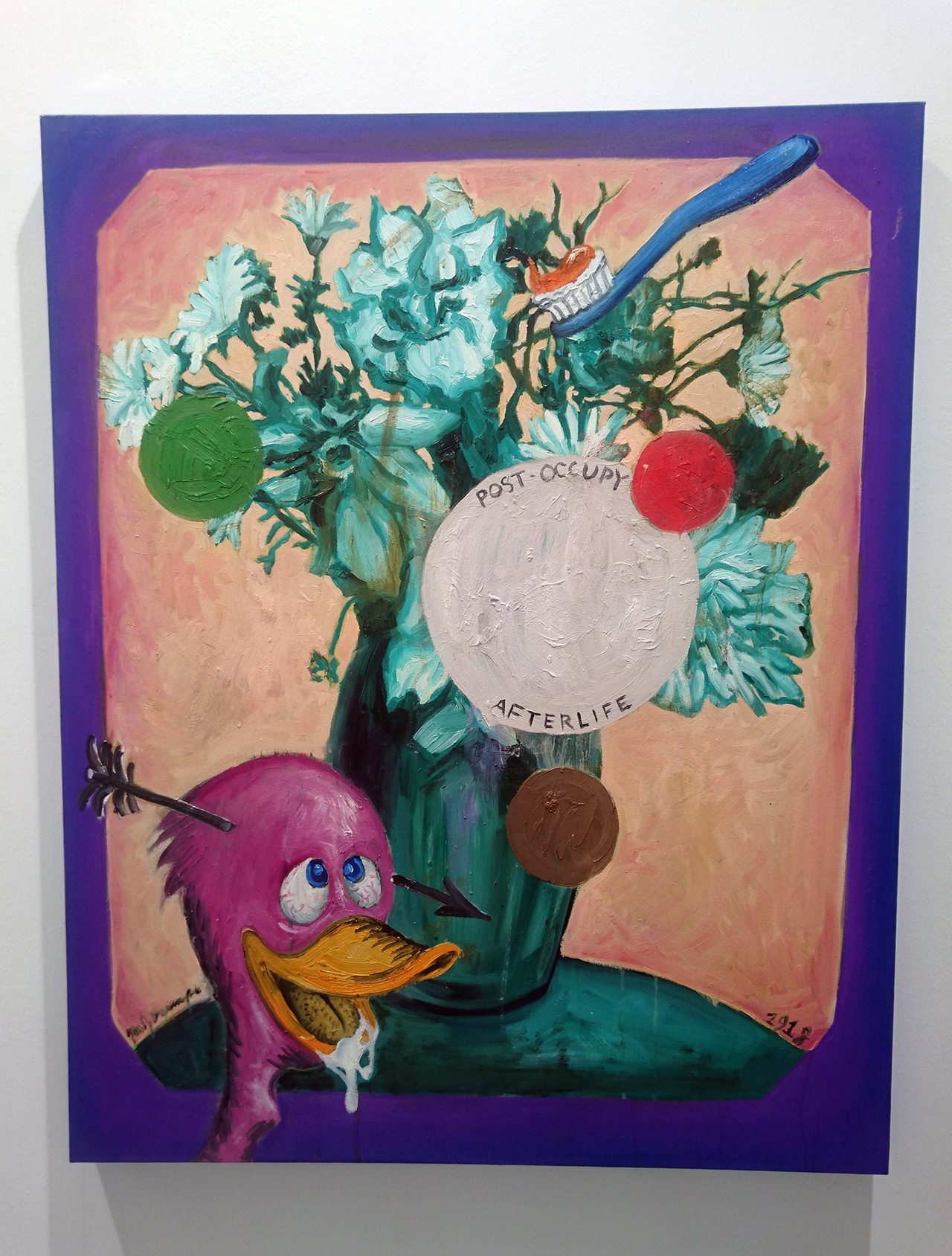
The most collector-friendly of the Art Week activities, SEA Focus at Gillman Barracks gathered prominent galleries from the region. These galleries showcased contemporary works from established and emerging artists. Artwork from Filipino artists, including those of Brisa Amir and provocateur Manuel Ocampo, received prime attention from viewers. Manuel’s unapologetically unpleasant works, in particular, stood in stark, defiant contrast to some of the more conservative pieces on display.
Unhomed Belongings by Lucy Liu and Shubigi Rao
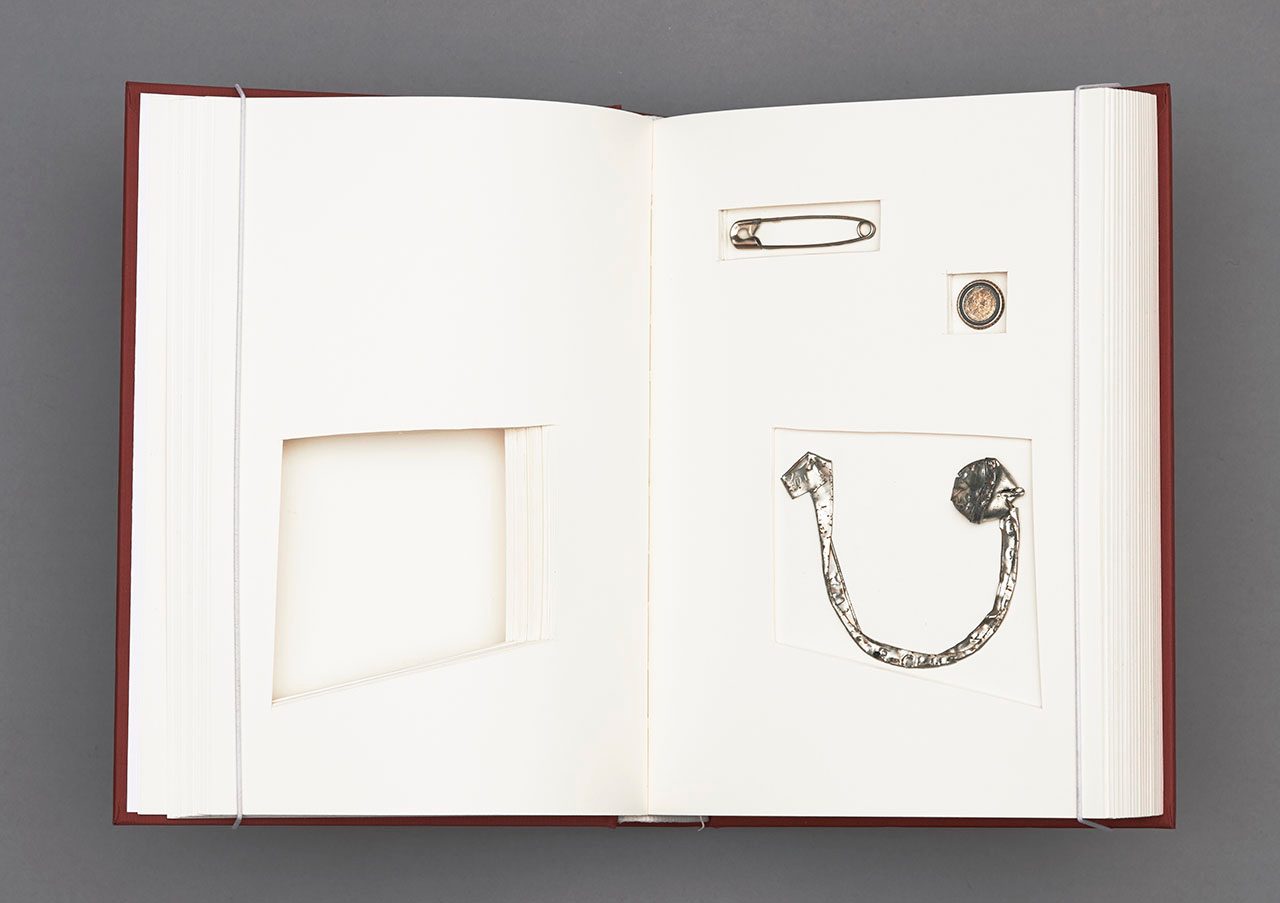
Unhomed Belongings is a two-woman exhibit being held at the National Museum of Singapore.
Lucy Liu has been maintaining an art practice alongside her Hollywood career. Her works are remarkably tactile, especially the pieces in the Lost and Found series. For the collection, Lucy carved out blank books and added found objects. The books were placed on shelves, and visitors are encouraged to pull out the books and explore the contents for themselves. There’s something archeological about thumbing through these volumes
Unhomed Belongings runs until February 24.
Minimalism: Space. Light. Object.
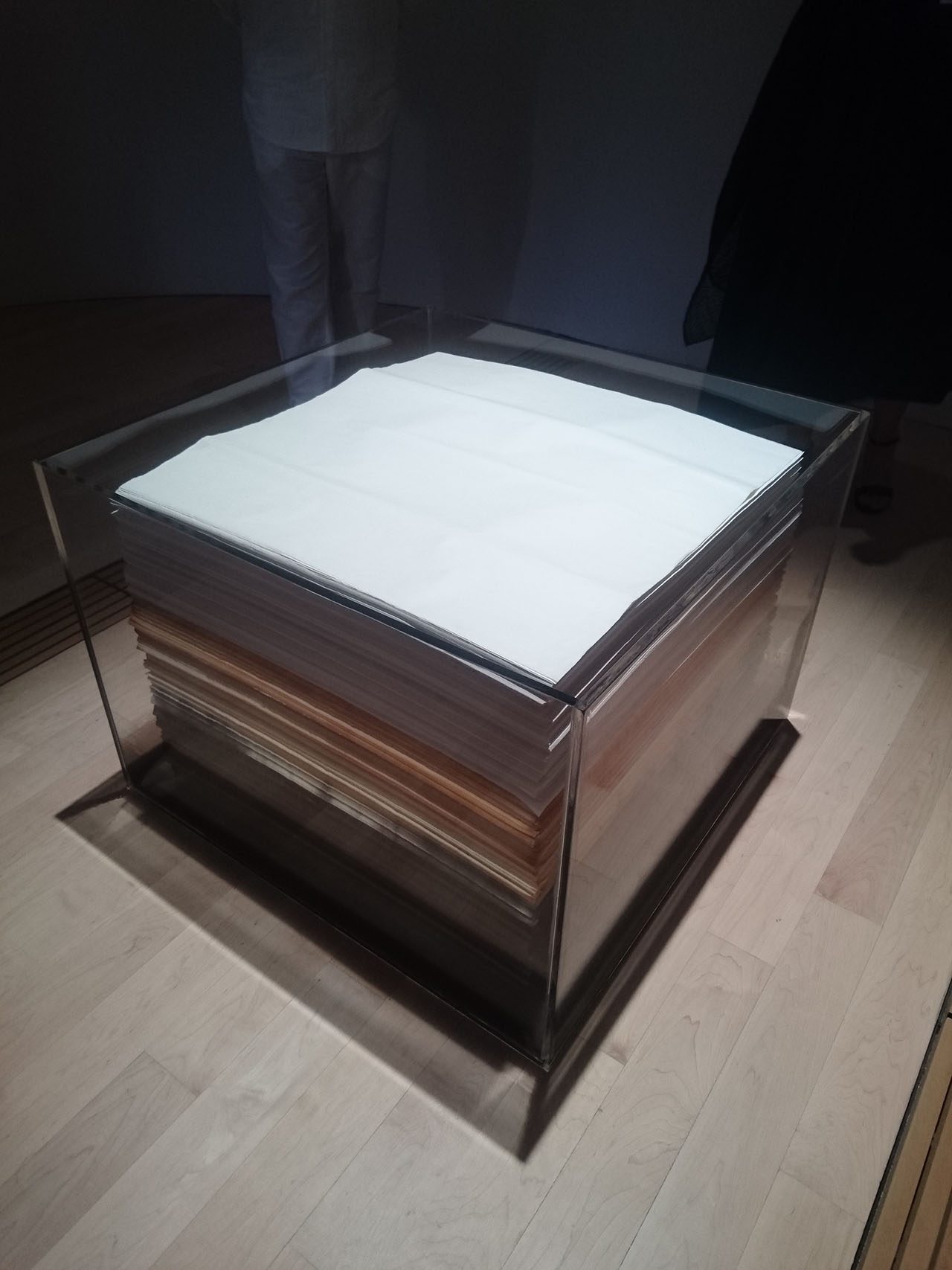
Minimalism is definitely the most high-brow exhibit in Art Week — or rather, exhibits. Minimalism encompassed two simultaneous shows, one held at the National Gallery Singapore and the other at the ArtScience Museum.
The exhibit at the National Gallery functioned as a sort of historical document for the minimalism movement. Among the artists included were Lawrence Weiner, Mark Rothko, Olafur Eliasson, and our own Roberto Chabet. The exhibit at the ArtScience Museum, on the other hand, explored form and color, as well as the spiritual currency apparent in minimalist art. It featured works from Mona Hatoum, Zhang Yu, Morgan Wong, and many others.
Minimalism: Space. Light. Object. will run until April 14.
Light to Night Festival 2019: Traces & Echoes
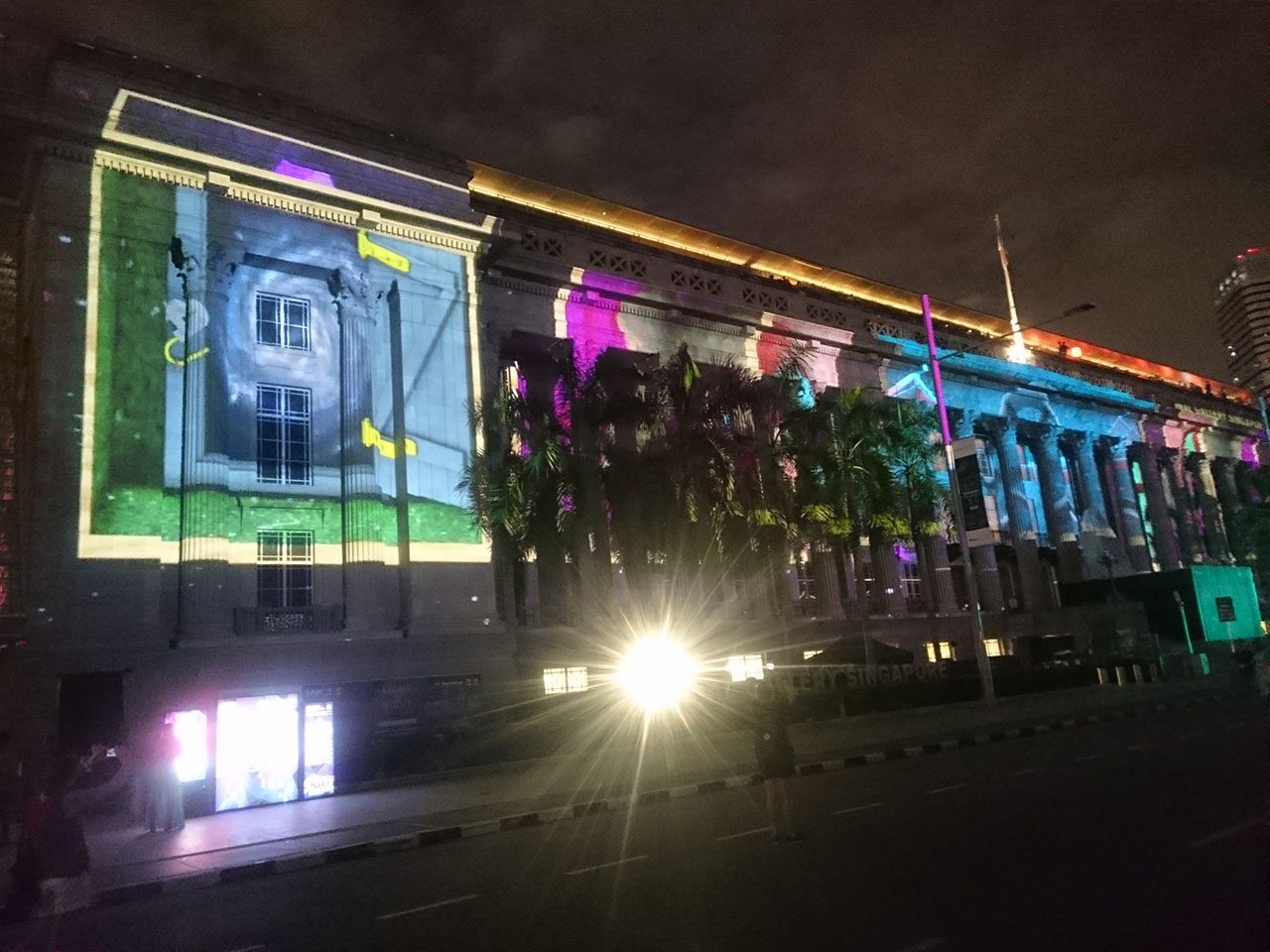
The Light to Night Festival created an ideal environment for regular people to experience art.
The facades of seven iconic buildings in the Civic District, including the National Gallery, were used as screens for video and sound art. The outdoor light show and festivities also encouraged people to enter the gallery — and for a couple of days, admission to view all the exhibitions was free.
In a week full of notable events, the Light to Night Festival was easily the most memorable. The previous days were spent viewing exhibitions with journalists, curators, and gallerists. But during the festival, people flocked from the street to view the various exhibits, including the Minimalism show. Since many of the works in the exhibit explored spatial relations, the groups of people increased the potency each piece.
Olafur Eliasson’s Room for one colour, for example, felt even more compelling when experiencing it in a room full of playful kids. And viewing Ai Weiwei’s Sunflower Seeds beside a random uncle gave the experience an almost elegiac quality.
Singapore Art Week wasn’t just a showcase of art, but also of infrastructure. Singapore is positioning itself as an art hub to rival other Asian centers such as Hong Kong. Singapore built the sandbox… and now it’s time for the artists to come over. – Rappler.com
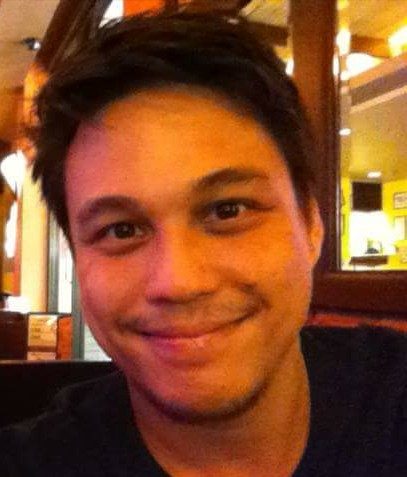
Iñigo de Paula is a writer who lives and works in Quezon City. When he isn’t talking about himself in the third person, he writes about pop culture and its peripheries.
Add a comment
How does this make you feel?
There are no comments yet. Add your comment to start the conversation.